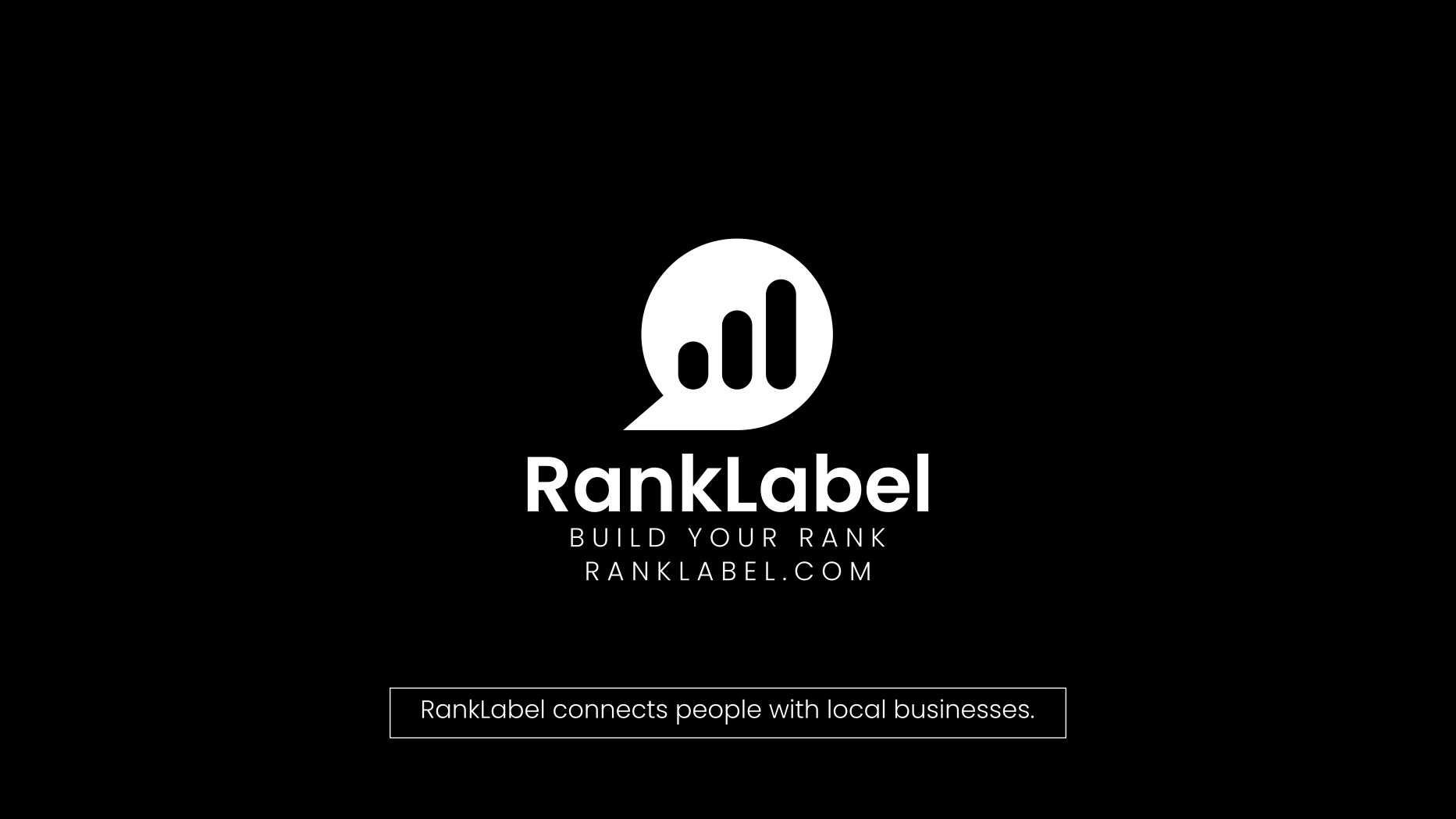The Impact of Large Format 3D Printing: From Jurassic-Sized Dreams to Reality

Just as the scientists in Jurassic Park meticulously brought dinosaurs back to life, today's engineers and designers are doing something similarly extraordinary with large format 3D printing. Imagine crafting something as colossal as a T-Rex skeleton, not with ancient DNA, but with modern materials and precision. This technology is transforming industries from architecture to manufacturing, making the once impossible, possible.
The Essentials of Large Format 3D Printing
Large format 3D printing refers to the creation of significantly sized objects that exceed the typical dimensions handled by standard 3D printers. This technology not only scales up the size but also the possibilities of what can be achieved with 3D printing.
Capabilities and Applications
The advent of large format 3D printing has broadened the horizons for creators across various sectors. Here, the likeness to Jurassic Park isn't merely about size but the groundbreaking impact.
Key Benefits of Large Format 3D Printing
- Reduction in production time for large parts
- Decrease in material waste compared to traditional manufacturing methods
- Ability to produce complex geometries that were previously unachievable
- Cost-effectiveness for low-volume or custom production runs
Large scale printers allow for the production of large-scale prototypes, tools, and final products in a single piece, which was unimaginable with earlier technologies that required assembly from smaller parts.
Technological Innovations
Recent advancements have significantly enhanced the precision and efficiency of large format 3D printers. These innovations make it feasible to produce larger prints faster and with finer detail.
Breakthroughs in Large Format 3D Printing
- New nozzle designs that increase print speed without sacrificing detail
- Improved filament types tailored for large scale printing
- Enhanced slicing software that optimizes printing strategies for large objects
- Robust machine construction that ensures stability during long print jobs
These technological enhancements contribute to broader adoption and capabilities, allowing industries to leverage large format 3D printing for various applications.
Precision Manufacturing with 3D Printing
Precision is paramount in manufacturing, especially when the products play crucial roles in critical applications like aerospace components and bespoke machinery. In these contexts, 3D printing shines by providing unparalleled accuracy and repeatability.
Advantages in Manufacturing
The precision offered by 3D printing technologies ensures that even the most complex designs are turned into reality with exactness down to the minutest details—similar to recreating the intricate DNA code of a velociraptor.
Why Industries Opt for 3D Printing
- Enhanced product customization possibilities
- Reduced time from design to production
- Ability to test concepts quickly and economically
- Streamlined supply chain by printing on demand
This method of manufacturing not only supports innovation but also drives efficiency, reducing the time and cost associated with traditional manufacturing.
Case Studies in High-Precision Manufacturing
Several high-profile cases highlight how industries benefit from the high precision of 3D printing. From aerospace to custom medical implants, companies leverage this technology to deliver products that meet strict industry standards and client expectations.
Examples of Precision 3D Printing Success
- Aerospace components that withstand extreme conditions
- Custom prosthetics tailored to individual patients
- Automotive parts for both prototyping and end-use
- Highly detailed architectural models for project pre-approvals
Each example showcases the critical role precision plays in not only meeting but exceeding the functional requirements of various applications.
3D Printed Tools and Functional Part Production
In fields ranging from manufacturing floors to remote space stations, 3D printed tools are proving to be game-changers. These tools are not mere replicas but fully functional parts that often surpass their traditionally manufactured counterparts in both performance and utility.
Transforming Tool Production
With 3D printing, tools can be designed and produced with complex, yet highly functional designs that are lighter, more ergonomic, and often more durable than those made through conventional methods.
Innovative Uses of 3D Printed Tools
- Custom jigs and fixtures for specific manufacturing processes
- Lightweight, yet durable tools for astronauts to use in space
- Specialized surgical instruments for unique medical procedures
- Tools with integrated features that improve usability and performance
This shift not only exemplifies innovation but also highlights the adaptability of 3D printing in producing bespoke solutions that address very specific needs.
Conclusion: The Future is Being 3D Printed
Just as Jurassic Park left audiences marveling at the wonders of genetic manipulation and cloning, large format 3D printing is setting a new benchmark in the manufacturing and architectural sectors. From creating life-sized models of dinosaurs to producing functional tools that go into space, this technology bridges the gap between fantastical imagination and tangible reality.
Tags: Large format 3D printing, Precision manufacturing with 3D printing, 3D printed tools, Functional part production, 3D printed architecture models











